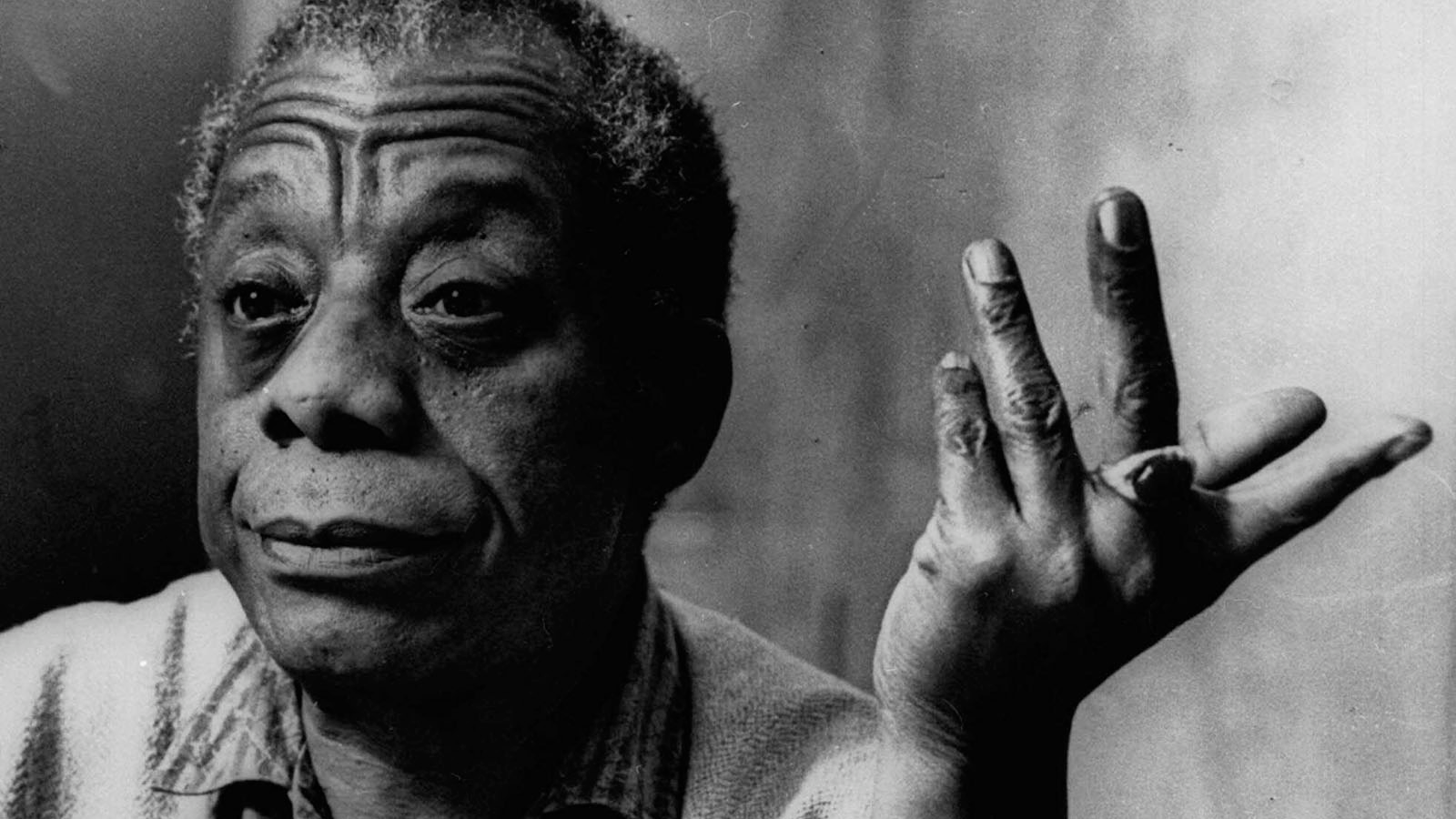This Black History Month we honor James Baldwin, a master of the written word. Novels, plays, essays, poems. He reinvented all manners of literary form. One of his most famous essays is aptly titled ‘ The Creative Process ’. In it, Baldwin depicts his interpretation of what it means to create and what it means to be an artist, and of course, both of these tenets are inherently bound to what it means to be human. Let’s take a look at three resounding quotes from this essay and see where your humanity and your artistry overlap.

“ But the conquest of the physical world is not man’s only duty. He is also enjoined to conquer the great wilderness of himself. The precise role of the artist, then, is to illuminate that darkness.” – James Baldwin
What does it mean to conquer the physical world in the life of the artist? The physical world is just that, the tangible things in our world. People, places, and things. Conquering the physical world as an artist could mean having a number one single, headlining Coachella, winning Grammys.
These are all celebrated achievements in the physical world of an artist that will lead to more achievements of the physical world like money and fame. But why doesn’t James Baldwin equate them with the “precise role of an artist”?
On the flipside, why does James Baldwin equate the role of an artist to illuminating the darkness in the “great wilderness” of ourselves?
Because that’s where creativity comes from. The great wilderness. Every human has a great wilderness within them. By sharing the journey into yours, you can help others on the journey to their great wilderness. You can illuminate that darkness, and the light will reveal all manner of achievements in the physical world.
“Perhaps the primary distinction of the artist is that he must actively cultivate that state which most men, necessarily, must avoid; the state of being alone.” – James Baldwin
Is there anyone else in the world, past, present or future, who can create what you create? Anyone who can channel the creative muse in the exact same way you do?
The answer is no. You are a unique human being, and while that sounds incredibly cliche, we don’t mention this solely as a means of motivation or placation. From a certain perspective doesn’t being unique mean being alone? You are the only one living your life. You alone make your choices.
Someone’s unique creativity is an extension of this isolation. Learning how to sing or play an instrument, there is a lot of uncomfortable “figuring it out” that happens in private, but solitude can be lonely. How comfortable are you being alone?
It is not uncommon for people to avoid solitude, but for a creative, that is where the magic happens. When alone we often turn to our vices or nowadays our, devices to distract from our inward world. Artists aren’t just physically alone much of the time. They spend that time diving deep into who they are.
We salute you in your creative journey. At times when you may feel alone know that you have all generations of creatives before you and your peers that are experiencing the same challenge for growth. Respect.
“A society must assume that it is stable, but the artist must know, and he must let us know, that there is nothing stable under heaven.” – James Baldwin
When looking back in history, what pieces of music withstand the test of time? What pieces of music resonate through the generations regardless of what’s happening in the world? Songs that really say something about society are the ones that stand the test of time. For example:
- “Imagine” by John Lennon
- “Smells Like Teen Spirit” by Nirvana
- “One Love” by Bob Marley
These songs aren’t just catchy as hell, they speak to the entire human race and its existence on this little celestial body hurtling through space.
So what do these songs and all timeless classics say about the existence of humans? They point out what needs to be pointed out. Saying what needs to be said. Saying what that artists realizes no one is saying.
If we lived in a perfect world, there would be no need for art. There would be no issues to bring to the attention of the masses. There would be no heavy emotions brewing within us.
- Speak your truth, say what needs to be said. If it rocks the boat, so be it.

Turn your passion for music into a Profession: Learn more about our Music School Programs!
MORE ARTICLES FROM THE ICON BLOG

FIND YOUR SOUND, HONE YOUR CRAFT:
Are you ready to turn music into a career? ICON prepares students to become music producers, composers, performers, recording artists, professional DJs, and entrepreneurs in the entertainment industry. Click below to get information about our award-winning programs:

